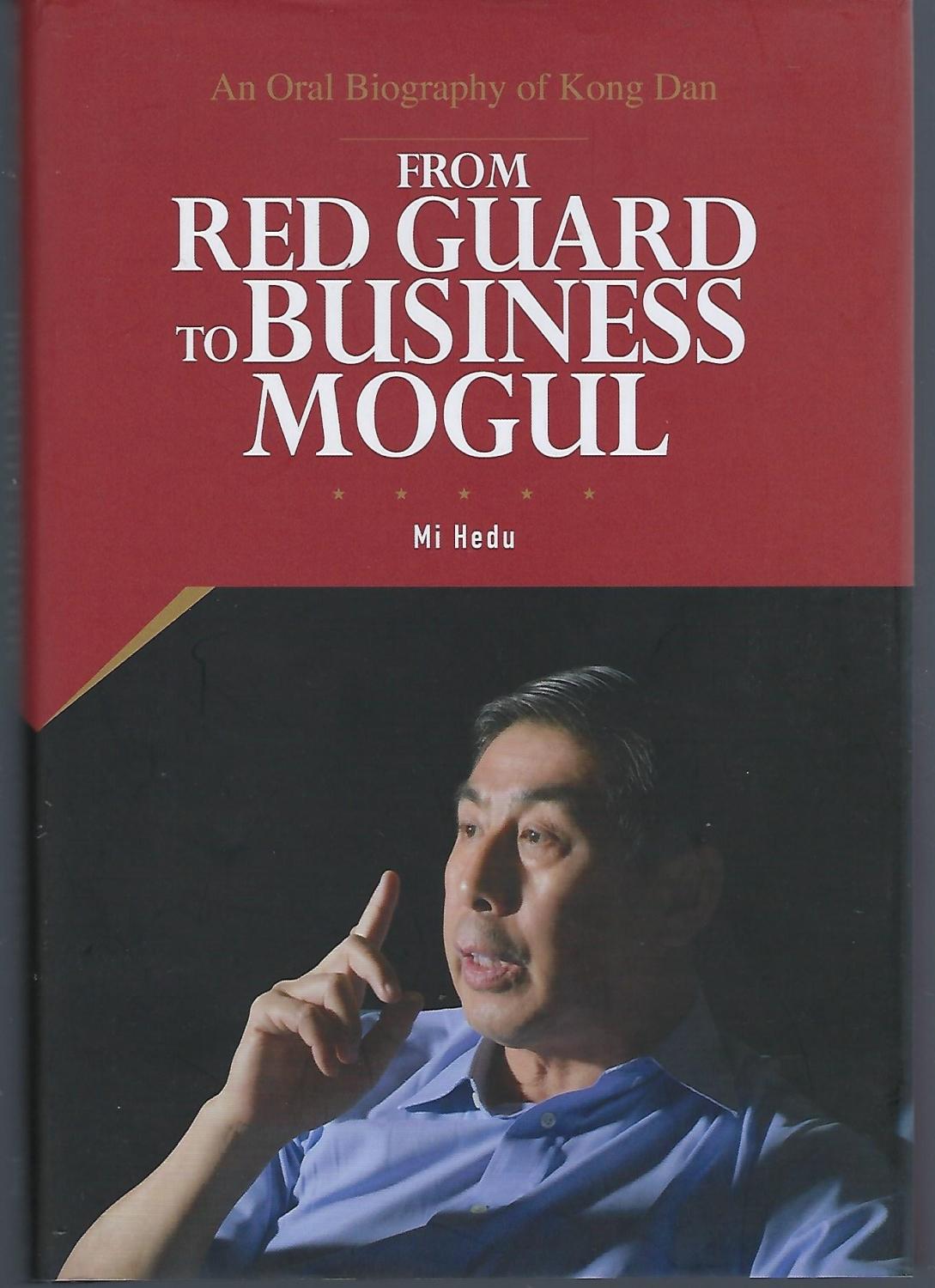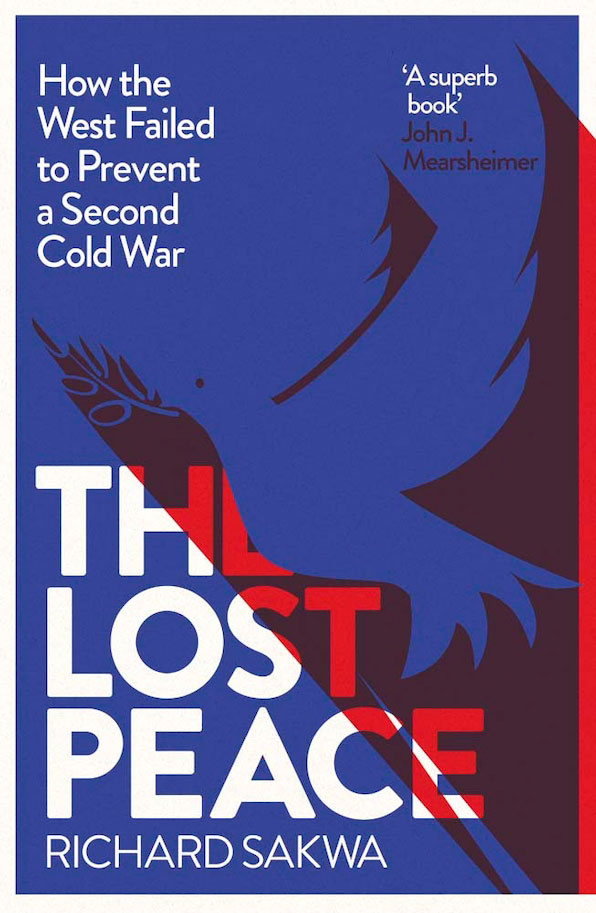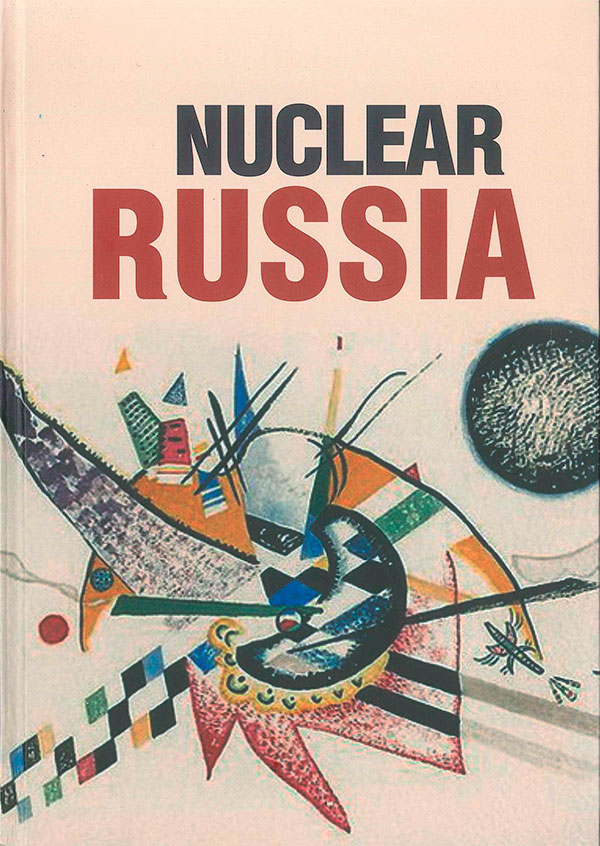The visit by US President Barack Obama to Hiroshima was unprecedented in many respects. Former President Jimmy Carter, out of office by then, visited the city in 1983, and US Ambassador to Japan John Roos was the first US official to visit he memorial to the victims of the A-bomb in 2010. Secretary of State John Kerry laid flowers at the monument to the victims at the same memorial in April 2016.
As to Barack Obama himself, in a May 2009 ...
...
– a superpower that acts as a military and political rival having a comparable capacity. They tend to agree in Washington that China is emerging (or, possibly, has already emerged) as such a rival.
Game plan
REUTERS/Tim Kelly
Nikolai Murashkin:
Japan–US Union and Southeast Asia: Getting
closer to cement the status quo?
The Asia–Pacific Region is not running short of highly explosive contradictions. The scenario for the two-day simulation that was organized at Chatham House in early ...
As French publicist Alphonse Karr fairly put it, “the more it changes, the more it’s the same thing.” The logic of maintaining the status quo by seeking changes as the core idea of the convergence between the Japan–US alliance and Southeast Asia can be discovered in the recently published report by the Hawaii-based East-West Center US-Japan Relations and Southeast Asia. Meeting Regional Demands. As it follows from the title of the report and its message,...
... with consequences than the choice of partners for the defense alliance: the ASEAN countries will be glad to hold over the decision on the latter longer than the one on their political integration.
1
. Strefford, Patrick, “Foreign Debt: Distorting Japan’s ODA Diplomacy towards Myanmar”,
Ritsumeikan Kokusai Kenkyū
, Vol.1 19, 2006.
On March 10-11, 2016 the National Committee on American Foreign Policy (
NCAFP
) hosted in New York a conference on relations in the Russia-US-Japan triangle.
Scholars, government officials, diplomats and businessmen participating in the conference discussed security issues in East Asia and trilateral cooperation to address them, as well as enhancing interaction in the energy sector. Particular ...
Japan is continuing preparations for an unofficial visit of Japanese Prime Minister Shinzo Abe to Russia, secretary general of the Japanese government Yoshihide Suga said. In an exclusive interview with Sputnik, former Russian Ambassador to Japan Alexander ...
... for concern here? Could a conflict between both Koreas that is capable of drawing the world’s leading powers of China, Japan and Russia in erupt on Russia’s doorstep? Could such a conflict involve weapons of mass destruction?
Today, we can ... ... Zedong’s own son). From the point of view of geopolitics, preserving the South Korean buffer that prevents the appearance of thousands of U.S. and South Korean troops along the 1000-kilometre long border between Korea and China is imperative for Beijing....
... felt today. The line drawn in 1945 across the 38th parallel to delimit the zone where the Soviet and U.S. armed forces accepted Japan’s capitulation to end the Second World War continues to separate the two Koreas – the Democratic People’s ... ... zone – the provisional border between the countries – the two Koreas have been building up their armies, with thousands of troops equipped with the most up-to-date weapons and military equipment ready to engage the enemy. And it is not just ...
The week-long visit to the USA by Japanese Prime Minister Shinzo Abe has left a quite ambiguous impression. One gets the sense that it was the Americans themselves who most needed this visit. In a situation where the US pivot towards Asia
[1]
proclaimed in 2011 is proceeding much more ...
The Future of Japanese Military Power
The Future of Japanese Military Power
Today, the Asia-Pacific region once again faces the Japanese question: is Japan a peace-broker or peace-breaker? What is the future for Japanese military power? So far, there are two main ...



